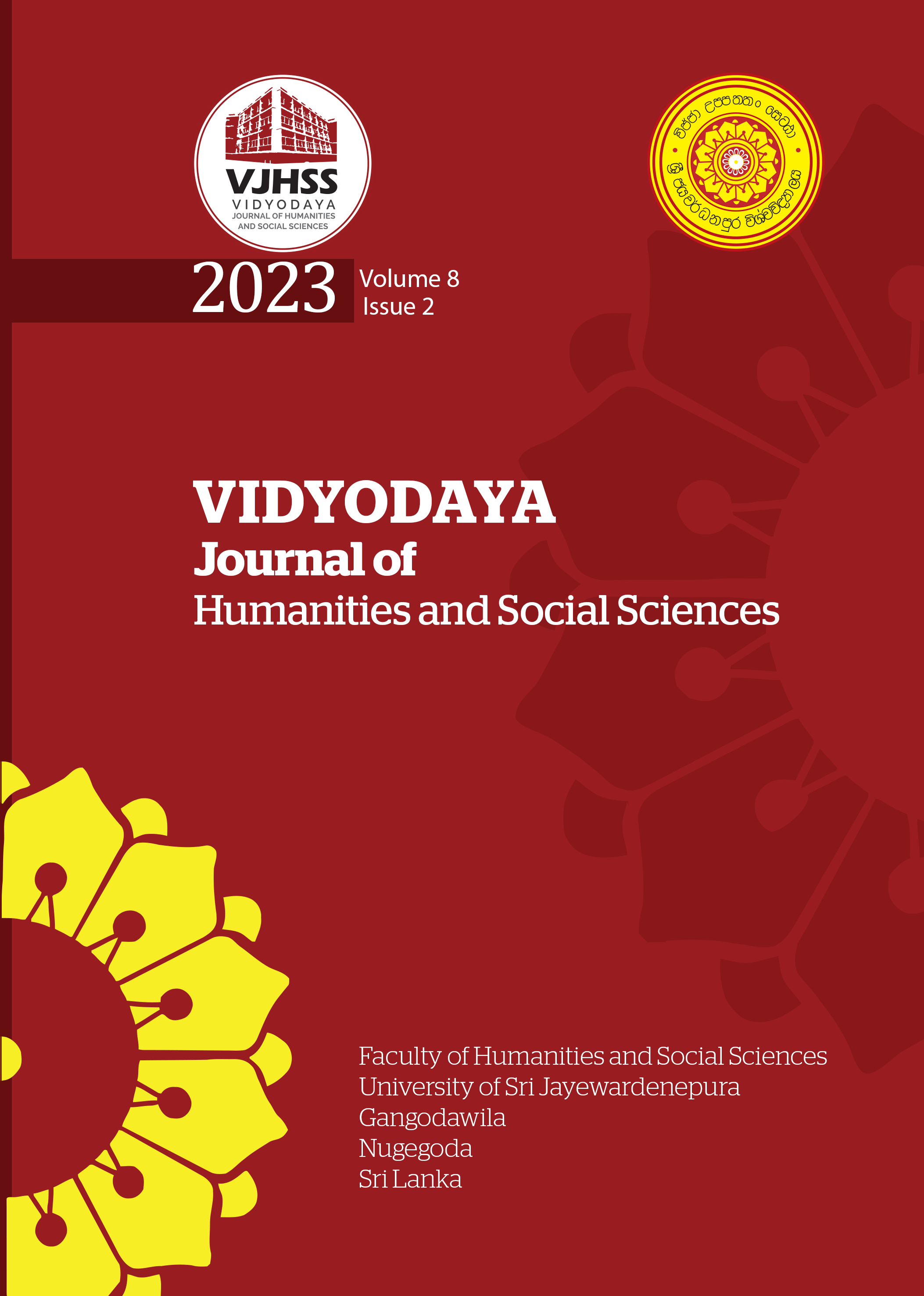Site Catchment Analysis of Mahalena Cave of Rajagala, Sri Lanka: With Special Reference to the Prehistoric and Anuradhapura Phase
Abstract
The systematic archaeological survey was carried out around the 0-10 km radius of Mahalena cave site. Documentation of natural resources available within the estimated radius. A few satellite settlements or supportive settlements were identified within the radius of Mahalena cave. The chief aim of this research is to understand the suitability of the landscape and natural resources available within the vicinity of this archaeological site. Mahalena cave site was subjected to large-scale excavation for several seasons by Sri Lankan and Indian archaeologists. A Few seasons of detailed excavations have provided us with sufficient data to study the resource exploitation pattern around the Mahalena cave. The study of the resource exploitation pattern or site catchment study is one of the important tools to reconstruct the economy of ancient settlers of any particular region. Resources lying within the economic range of individual archaeological sites support ancient inhabitants for their day-to-day living. The current research will be helpful in identifying suitable factors which lead the Prehistoric and Early Historic inhabitants of the Mahalena cave to choose this particular location for their settlement.



